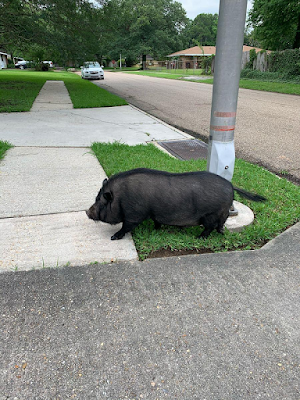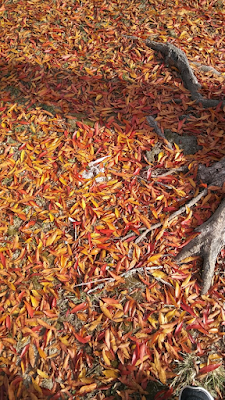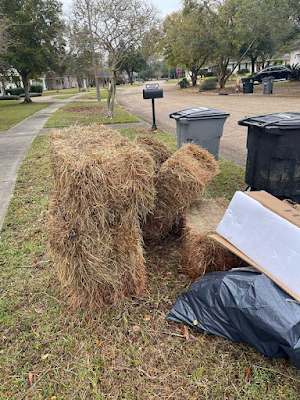You may read previous post (Part 1):
- The Reasons Raccoon Visit Our Neighborhood – Part 1
The animals easily to adapt to their environment in term of foods and water resources.
We find raccoon sift through garbage to find food in our neighborhood.
However, their favorite foods is our pet’s food. They are eating cat or dog foods, then they will come back in other days if they feel safe.
It seems that he raccoon is just hungry. It might have babies around too and looking to feed them.
If a wild raccoon doesn't run when approached, stay away.
Raccoons are dangerous when cornered, and most times they are sick.
A fat raccoon has entered to our house few years ago by chewing through our roofing shingles, then got access into attic:
- she looks at me crazy
- she didn’t move
- she didn't shew
- she was not scared.
Have you ever faced with raccoon?
What do you think?
# Previous postings:
- Why do Banana Ripen Faster than We Expected?
- What are Equipment to Cut the Trees Down in Neighborhood?
- Are Women Happier Without Husband and Children?
- Why do Retirees Love New Mexico, Florida and Arizona?
- What are Important Health Benefit of Asparagus?































